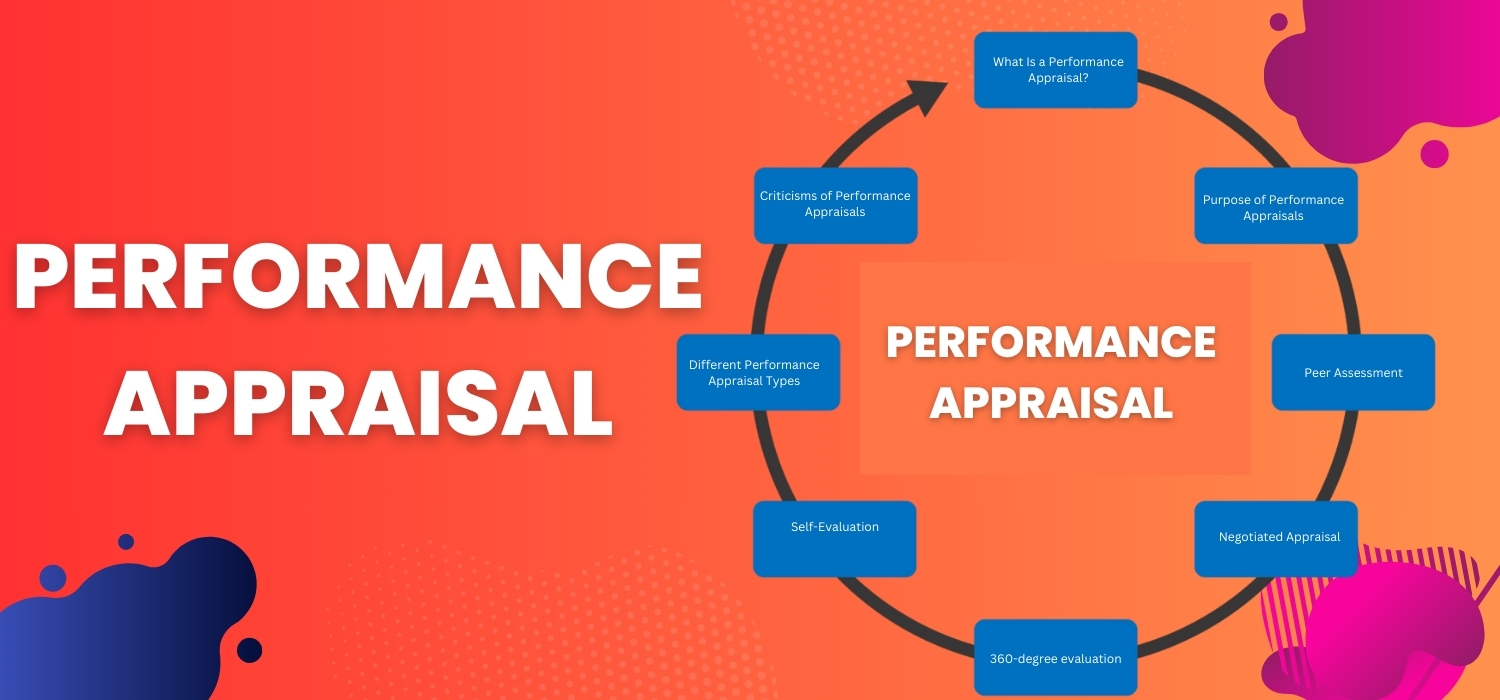What is a Performance Appraisal?
A performance appraisal is the periodic assessment of an employee’s job performance as measured by the competency expectations set out by the organization.
The performance assessment often includes both the core competencies required by the organization and also the competencies specific to the employee’s job.
The appraiser, often a supervisor or manager, will provide the employee with constructive, actionable feedback based on the assessment. This in turn provides the employee with the direction needed to improve and develop in their job.
Based on the type of feedback, a performance appraisal is also an opportunity for the organization to recognize employee achievements and future potential.
The purpose of a performance appraisal
The purpose of a performance appraisal is two-fold: It helps the organization to determine the value and productivity that employees contribute, and it also helps employees to develop in their own roles.
Benefit for organization
Employee assessments can make a difference in the performance of an organization. They provide insight into how employees are contributing and enable organizations to:
- Identify where management can improve working conditions in order to increase productivity and work quality.
- Address behavioural issues before they impact departmental productivity.
- Encourage employees to contribute more by recognizing their talents and skills
- Support employees in skill and career development
- Improve strategic decision-making in situations that require layoffs, succession planning, or filling open roles internally
Benefit for employee
Performance appraisals are meant to provide a positive outcome for employees. The insights gained from assessing and discussing an employee’s performance can help:
- Recognize and acknowledge the achievements and contributions made by an employee.
- Recognize the opportunity for promotion or bonus.
- Identify and support the need for additional training or education to continue career development.
- Determine the specific areas where skills can be improved.
- Motivate an employee and help them feel involved and invested in their career development.
- Open discussion to an employee’s long-term goals.
How to organize a performance appraisal process
Conducting a performance review with an employee requires skill and training on the part of the appraiser. The negative perception that is often associated with the performance appraisal is due in part to a feeling of being criticized during the process.
A performance appraisal is meant to be the complete opposite. Often, the culprit is in the way the appraisal is conducted via the use of language.
The way the sender of a message uses language determines how the other person interprets the message once received. This can include tone of voice, choice of words, or even body language.
Because a performance appraisal is meant to provide constructive feedback, it is crucial that appropriate language and behaviour are used in the process.
Human Resources (HR) are the support system for managers and supervisors to be trained in tactfully handling the appraisal process.
The performance appraisal process:
- The assessment process is usually facilitated by Human Resources, who assist managers and supervisors in conducting the individual appraisals within their departments.
- An assessment method should be established.
- Required competencies and job expectations need to be drafted for each employee.
- Individual appraisals on employee performance are conducted.
- A one-on-one interview is scheduled between the manager and employee to discuss the review.
- Future goals should be discussed between employee and manager.
- A signed-off version of the performance review is archived.
- Appraisal information is utilized by human resources for appropriate organizational purposes, such as reporting, promotions, bonuses or succession planning.
Performance Appraisal Methods
There are many ways an organization can conduct a performance appraisal, owing to the countless different methods and strategies available.
In addition, each organization may have their own unique philosophy making an impact on the way the performance assessment is designed and conducted.
A performance review is often done annually or semi-annually at the minimum, but some organizations do them more often.
5 Modern method of performance appraisal
There are some common and modern appraisal methods that many organizations gravitate towards, including:
- Self-evaluation
In a self-evaluation assessment, employees first conduct their performance assessment on their own against a set list of criteria.
- The pro is that the method helps employees prepare for their own performance assessment and it creates more dialogue in the official performance interview.
- The con is that the process is subjective, and employees may struggle with either rating themselves too high or too low.
- Behavioural checklist
A Yes or No checklist is provided against a series of traits. If the supervisor believes the employee has exhibited a trait, a YES is ticked.
If they feel the employee has not exhibited the trait, a NO is ticked off. If they are unsure, it can be left blank.
- The pro is the simplicity of the format and its focus on actual work-relate tasks and behaviours (i.e. no generalizing).
- The con is that there is no detailed analysis or detail on how the employee is actually doing, nor does it discuss goals.
- 360-degree feedback
This type of review includes not just the direct feedback from the manager and employee, but also from other team members and sources.
The review also includes character and leadership capabilities.
- The pro is that it provides a bigger picture of an employee’s performance.
- The con is that it runs the risk of taking in broad generalizations from outside sources who many not know how to provide constructive feedback.
- Ratings scale
A ratings scale is a common method of appraisal. It uses a set of pre-determined criteria that a manager uses to evaluate an employee against.
Each set of criteria is weighted so that a measured score can be calculated at the end of the review.
- The pro is that the method can consider a wide variety of criteria, from specific job tasks to behavioural traits. The results can also be balanced thanks to the weighting system. This means that if an employee is not strong in a particularly minor area, it will not negatively impact the overall score.
- The con of this method is the possible misunderstanding of what is a good result and what is a poor result; managers need to be clear in explaining the rating system.
- Management by objectives
This type of assessment is a newer method that is gaining in popularity. It involves the employee and manager agreeing to a set of attainable performance goals that the employee will strive to achieve over a given period of time.
At the next review period, the goals and how they have been met are reviewed, whilst new goals are created.
- The pro of this method is that it creates dialogue between the employee and employer and is empowering in terms of personal career development.
- The con is that it risks overlooking organizational performance competencies that should be considered.
Read More Blogs:
- Oas36ty Intelligent Office Automation Solutions
- How to Use CRM for Lead Management OAS36TY
- What Is a Performance Appraisal? Meaning, Advantages, Objectives & Benefits

